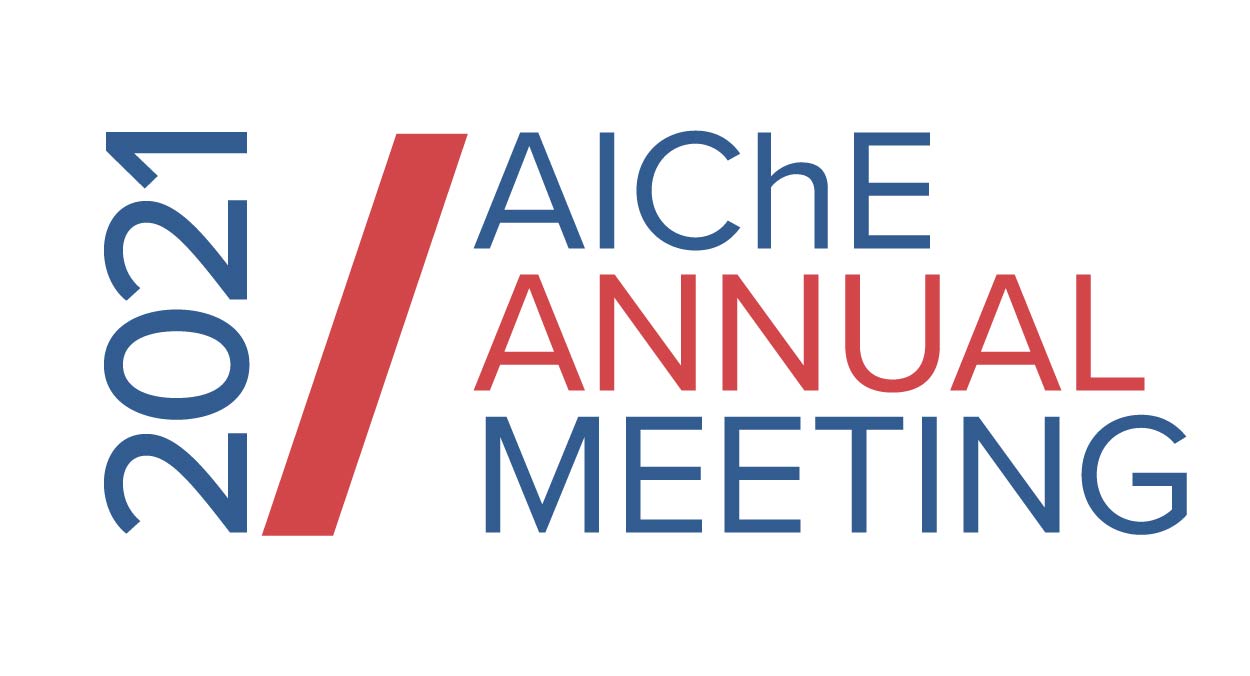

Burn wounds are an important health concern due to their susceptibility to infection and pain associated with current treatments, including the spreading of antimicrobial creams onto the wound. The goal of this research is to develop sprayable hydrogels to improve infection treatment and reduce treatment application pain in burn wounds. Poloxamer-based hydrogels loaded with antimicrobials and NSAIDs are being developed for spray application onto the skin. Poloxamer hydrogels loaded with ciprofloxacin HCl or diclofenac sodium were evaluated to determine their rheological, antimicrobial, and drug release properties, as well as their spray characteristics from hand-held sprayers. Bulk rheological measurements were conducted to determine the gelation temperature of the hydrogels, and hydrogels with gelation temperatures between 21°C (room temperature) and 34°C (approximate skin temperature) were chosen for further analysis. Due to their thermoreversible nature, cold formulations can be sprayed as a liquid and then transition to a gel at skin temperatures. Ciprofloxacin-loaded hydrogels were evaluated with zone of inhibition studies against Pseudomonas aeruginosa, Staphylococcus aureus, and Escherichia coli, which are common bacterial strains found in burn wounds. The developed hydrogels had larger zones of inhibition than silver sulfadiazine cream, a common topical treatment for burn infections, showing that the developed hydrogels are a promising antimicrobial treatment. The spray patterns and spray plumes of the solutions were analyzed using a combination of ImageJ, Matlab, and high-speed imaging. The viscosity of the solutions and the spray bottle nozzles had the greatest influence on the spray patterns and plumes. More viscous solutions led to a more concentrated spray pattern and spray plume. Current studies are focused on determining permeation of antimicrobials into and through skin samples via in-line diffusion cells.
Presenter(s)
Once the content has been viewed and you have attested to it, you will be able to download and print a certificate for PDH credits.
If you have already viewed this content,
please click here
to login.
